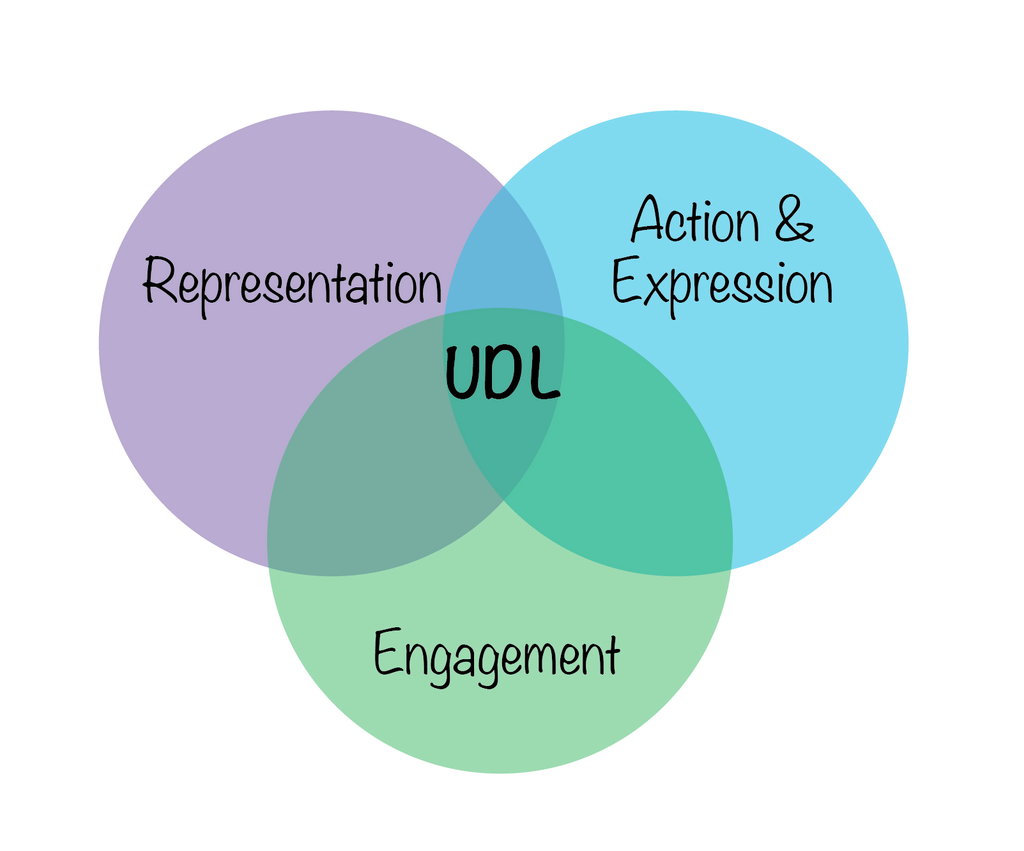
【Universal Design Principles】
Universal design for learning emphasizes on providing multiple means of engagement, representation, action and expression in the process of learning. It is a framework designed to improve and optimize teaching and learning for all people (Cast.org). That is to say, Universal Design principles can definitely help develop a quite equitable and inclusive learning environment for all students in the classroom.
As we have watched in the required video from TEDx, I realized the importance of “banning the average” and “designing to the edges.” I am extremely shocked about the research about the average pilots that no one is the same on every dimension. Therefore, the idea of an average cockpit for the pilots is totally wrong. When it comes to our classroom, it is the same situation that teachers cannot have an average lesson plan for the students. When teachers have inclusive design, they have take “banning the average” and “designing to the edges.” into consideration. Banning the average means that teachers cannot design unified standards or assessment for the whole class. Rather than designing for all the students, teachers should consider the edge students and design several assessments to accommodate as close to the “best” and the “worst”, or we say, the highest level and the lowest level.
【Inclusive Desgin】
Based on the CAST website, teachers should follow the steps to design an inclusive class.
Firstly, teachers should make clear that we have already identified the teaching contents. For example, to use multiple means of representation, we could provide written instructions as well as provide a video with verbal and visual instructions. This allows students to understand the information in various ways.
Secondly, teachers can plan out the term timeline and tell students what they need to achieve or understand each week. And in every class, Universal Design principles are beneficial too. Teachers can allow students to work on a worksheet and provide different ways for students to engage with peers and teachers.
References
Hi Ziyi! I just wanted to thank you for taking the time to share your knowledge of Universal Design. Your explanation of “banning the average” and “designing to the edges” learning design concepts was beneficial. I completely agree that teachers need to avoid banning the average and instead focus on designing to the edges to ensure that all students can be accommodated and achieve their best. It’s important to consider the needs of all students, not just those in the middle of the pack. It may not be an easy task, though, especially when it comes to online learning! Online learning can present some unique challenges, especially when it comes to designing for diverse learners. Getting to know individual students’ needs and preferences can be difficult without the benefit of in-person interactions. However, there are still ways to gather information, such as through surveys, online discussions, and virtual office hours.